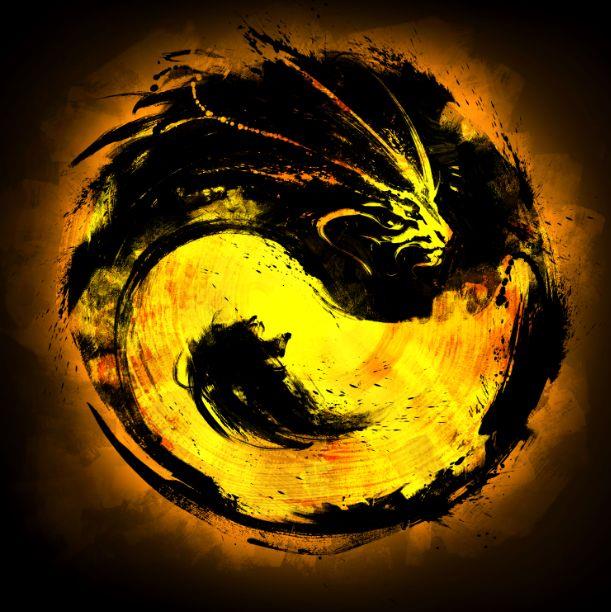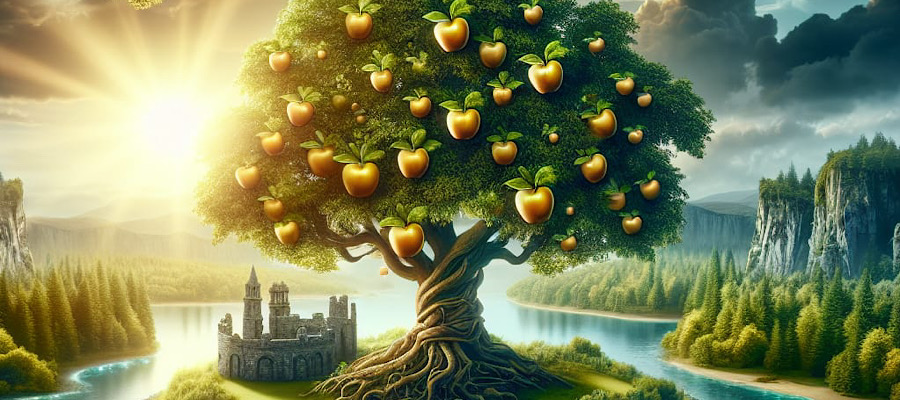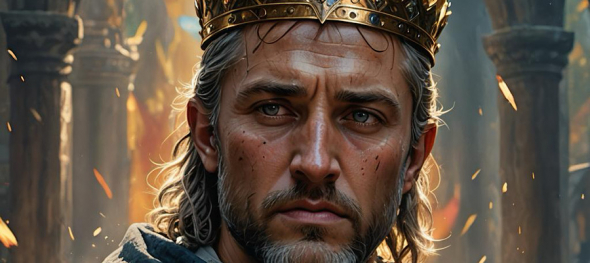When we think of King Arthur and his knights were are drawn to the chivalric tales of Chrétien de Troyes, Geoffrey of Monmouth or Thomas Malory. We see these as somehow being the definitive. Historic even. Especially “Morte D’Arthur. Countless hours of speculation have been spent reading between the lines and trying to come up with some sort of answer to the enigma of King Arthur.
Was Arthur a real person? Did Merlin really exist. What about the Holy Grail? Where did it all take place. So on and so forth. Speculation ranges across the breadth of Britain from Kernow in the South West to Strathclyde in the North.
All of the tales in those manuscripts were written down many long years after the events were supposed to have taken place. Borrowing from tales right across Europe. Plenty of time for the original oral stories to be altered and embellished, depending upon who was doing the telling and to what end.
Sometimes the answers are just staring one in the face. Let’s start at the end and work backwards.
Arthur’s final journey
In Malory’s tale Arthur is fatally wounded at the Battle of Camlan and taken to Avalon, the mysterious island that appears and disappears where Morgen la Fey looks after him.
“In a popular motif, introduced by Geoffrey in Historia and elaborated in his later Vita Merlini Arthur was then taken from the battlefield of Camlann to Avalon, an often otherworldly and magical isle, in hope that he could be saved. Geoffrey has Arthur delivered to Morgen (Morgan le Fay) in Avalon by Taliesin guided by Barinthus, replaced by two unnamed women in the Brut. Later authors of the prose cycles featured Morgan herself (usually with two or more other ladies with her) arriving in a fairy boat to take the king away, the scene made iconic through its inclusion in Le Morte d’Arthur.” Wikipedia.
Let us look very carefully at that.
Off the coast of Wales at the tip of the Lleyn Peninsular lies an island.
This island when viewed from the coast to the South East and depending on the weather conditions of the day can “disappear” and “reappear”.
There occurs in North Wales a curious weather related phenomenon that is not often noticed by folk who do not live in this part of Britain. It presents itself in a number of ways.
When wandering the tops, sometimes it seems that the far distant hills are receding and then at once moving toward the observer. Such that far away landmarks become quite clear. Try as I might I have never been able to photograph this thing.
I recall walking along the ridge between the summit of Cader Idris and Mynydd Moel under the light of a super moon. It truly was a super moon for the celestial orb grew so huge that it seemed to completely fill the sky, yet when I developed the film later it simply appeared as quite normal.
From a similar vantage point in high summer and during the day I have observed Eire, the Isle of Man, Cumbria and the Mull of Kintyre as well as all the lands to the north of Eryri. It is this phenomenon that makes it seem as if the Island completely disappears.
In English, this island is called Bardsey.
The island became a focal point for the Celtic Christian Church, attracting devout monks, and it is believed that St Cadfan began building a monastery on the island in the sixth century.
The remains of the thirteenth century Augustinian Abbey of St. Mary can still be seen on the island. The Abbey was in use until the dissolution of the Monasteries in 1537 after which Bardsey was left to the pirates and marauders until the establishment of a farming and fishing community in the mid-eighteenth century.
The well-known reference to the island as the burial place of 20,000 ‘saints’ dates from the early middle ages, when three pilgrimages to Bardsey were said to equal one to Rome.
Augustinian monks took a particular approach to their lives, focussing on both the body spiritual and the body temporal.
“Take care of your body as if you were going to live forever; and take care of your soul as if you were going to die tomorrow.”
They were healers.
Managing the body to prevent illness, treating the sick and preparing the body for burial
Quite often Augustinian monastic orders are paired with Augustinian Nunneries. At the tip of the peninsular are the remains of a church — St. Mary’s. Although dating to much much, much later, there is no reason not to suppose that this was the site of an Augustinian nunnery at the time of the establishment of the corresponding monastery on the island, especially when observing what seems to be patterns of mediaeval field systems and trackways.
Although modern naming of the island suggests two possibilities. Bardsey after a Viking chief — Barda and Enlli after the dangerous currents that exist between it and the mainland, both of which make perfect sense, there is a much older tradition that refers to it as Afallon (pron. avathlon) — the Island of Apples (afal — aval)
Late last century, one Ian Sturrock, a local nurseryman, rescued an apple tree from this island, from which today he has propagated the Bardsey Apple for public sale. I have several in my garden. He believes that because of its isolation the apple is quite ancient and may have been originally propagated by the monks that lived there. The apple, of course holds a particularly important place in the creation myth, being the source of original sin.
Mention of Avalon cannot be passed by without mentioning Arthur’s chief advisor Merlin as it is suggested that this is where he is buried. The question arises “why might that be”? There could be a connection.
So, here we have an island that appears and disappears…
That has enormous cultural significance as a place of healing and pilgrimage. An iconic tree.
A bardic poet — Taliesin. (You thought I had forgotten about him). Barinthus a mythological navigator.
A lady Magician and her assistants.
A place where bodies are prepared for burial and the alleged site of Merlin’s burial and we haven’t even got off the Island yet.
In part two I will expand on these themes further and look a little deeper into this phase of the Arthur story as well as exploring some of the Four Branches of the Mabinogi — Wales own stories from the oral tradition




